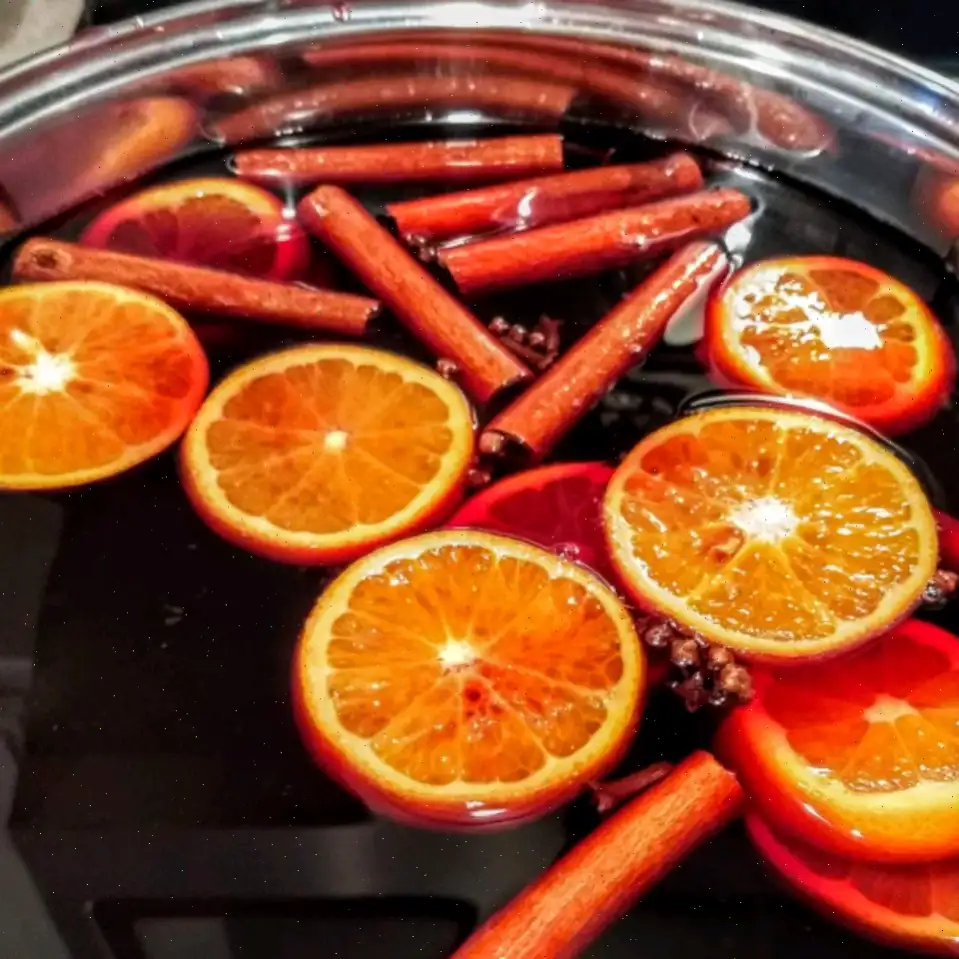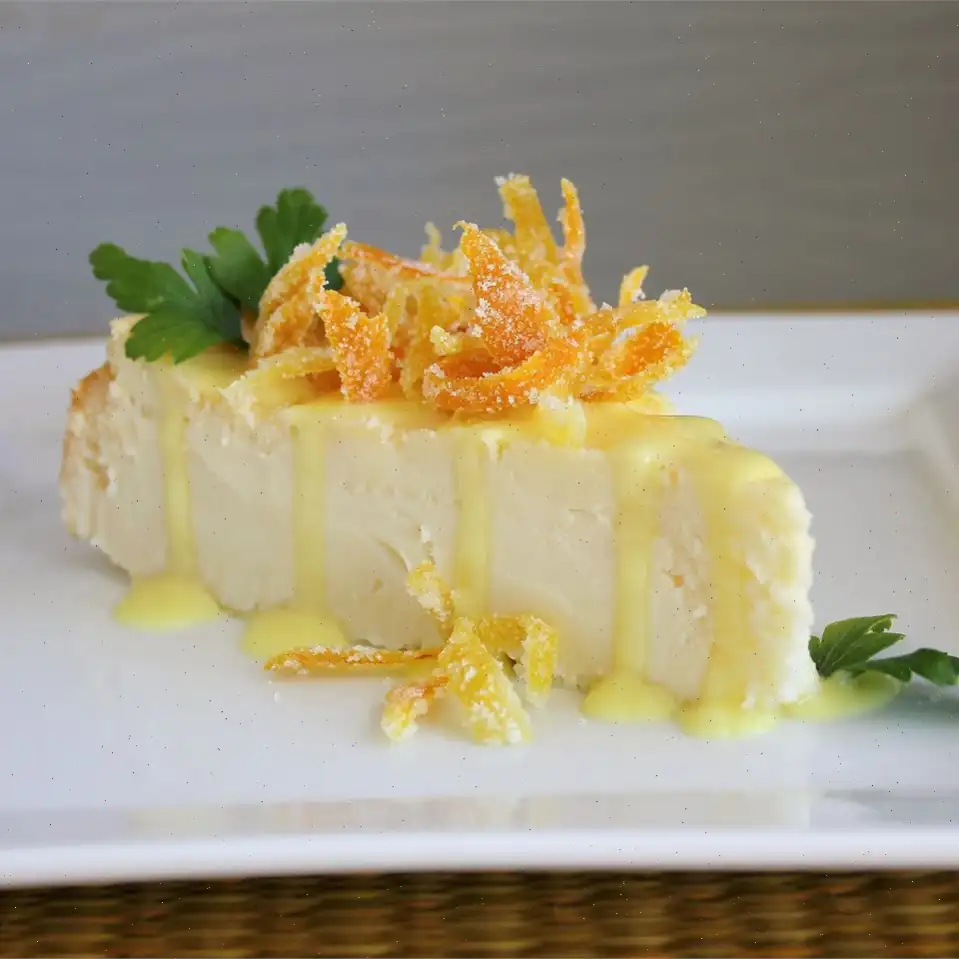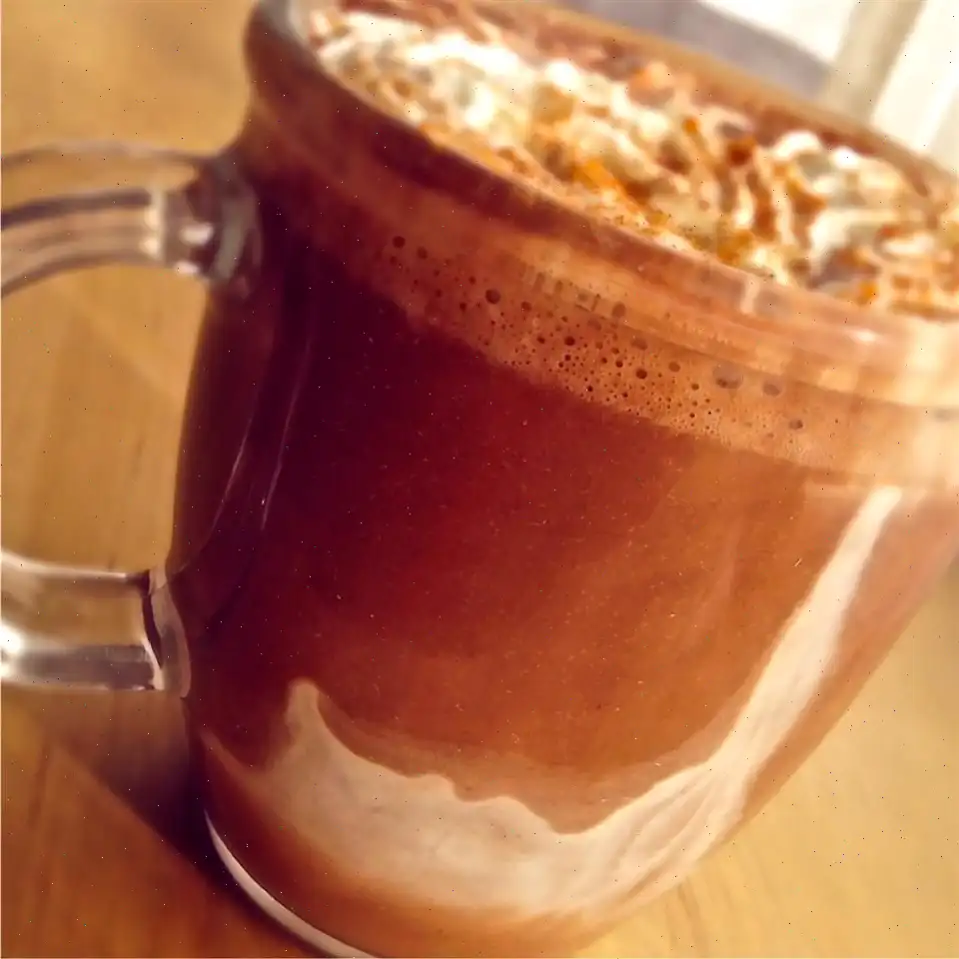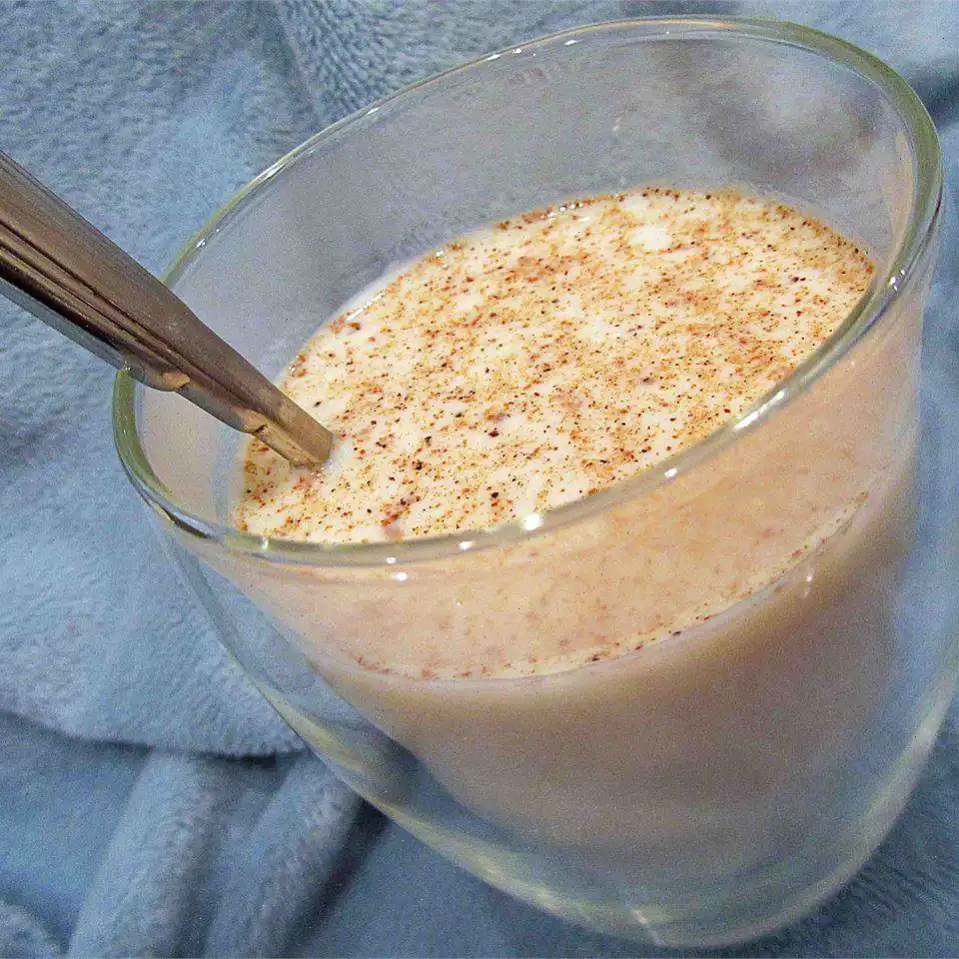
Gluehwein (German Mulled Wine) Recipe
This warm, spiced red wine is perfect for cozy gatherings or chilly evenings. The combination of cinnamon, cloves, and citrus creates a comforting drink with just the right balance of sweetness and spice. Follow these simple steps to make your own batch.
Ingredients
- 1 gallon red wine
- 8 (3 inch) cinnamon sticks
- 12 whole cloves
- cup white sugar
- cup fresh-squeezed lemon juice
- 1 orange, sliced into rounds
Directions
- Pour the wine into a large pot and place it over medium heat. Allow it to warm until you see steam rising from the surface, but do not let it come to a boil.
- Add the cinnamon sticks, whole cloves, lemon juice, and white sugar to the pot. Stir well to dissolve the sugar into the wine.
- Place the orange slices on top of the wine mixture and let it heat for about 5 minutes. Be sure to keep the temperature moderate so the mixture doesn't boil.
- Remove the pot from the heat and let it stand for 1 hour. This will allow the flavors to meld together.
- After the resting time, pour the wine through a colander to strain out the spices and orange slices.
- Serve hot, or store in the fridge and reheat gently just before serving for a delicious, comforting drink.

Gluehwein, the traditional German mulled wine, has been warming people up during the cold winter months for centuries. Typically enjoyed around Christmas, this drink is a beloved holiday tradition, especially at Christmas markets in Germany. The combination of red wine, spices, and citrus creates a flavorful and aromatic beverage that is both comforting and festive.
Origin and History
Gluehwein, which translates to "glow wine" in English, has roots in medieval Europe, where warm spiced wines were commonly consumed for both medicinal and social purposes. The term "gluh" (glow) is believed to refer to the warmth and glow the drink provides when consumed on cold evenings. The drink's origins can be traced back to the Roman Empire, where heated wine spiced with herbs was used as a form of medicinal remedy. Over time, it evolved into a festive drink, especially in Germany, where it became popular at Christmas markets and winter festivals.
Regional Variations
While Gluehwein is most famously associated with Germany, variations of mulled wine are found throughout Europe. In Austria, it is known as "Glhwein," while in Scandinavia, a similar version called "glgg" is made with added spices like cardamom and sometimes even a splash of brandy or vodka. Each country adds its own regional flair, but the base ingredients remain largely the same: red wine, sugar, citrus, and spices like cinnamon, cloves, and star anise.
What Makes Gluehwein Unique?
Gluehwein stands out from other mulled wines due to its emphasis on simplicity and balance. The typical ingredientscinnamon, cloves, orange slices, and lemon juiceare combined to create a warm, spiced wine that isn't overly sweet. What makes Gluehwein unique is the method of preparation: the wine is gently heated with spices and citrus, never allowed to boil, which helps preserve the integrity of the wine's flavor while infusing it with aromatic spices. This process enhances the wines natural richness without overpowering it with sugar or alcohol, which is a common trait in many other mulled wine recipes.
Where is Gluehwein Typically Served?
Gluehwein is traditionally served during the winter months, particularly at Christmas markets across Germany, Austria, and other parts of Europe. These markets, known for their festive decorations, handcrafted goods, and warm food, are the perfect setting to enjoy a cup of Gluehwein while browsing the stalls. In fact, many visitors to German Christmas markets buy the drink in souvenir mugs, which they can keep as a reminder of their holiday experience. The drink is also enjoyed in homes, often during holiday gatherings or after outdoor activities like skiing or winter walks.
Interesting Facts About Gluehwein
- In Germany, Gluehwein is often served in decorative mugs, and many Christmas markets offer these mugs as souvenirs. If you return the mug, you can get your deposit back.
- Gluehwein is sometimes spiked with a splash of rum, brandy, or orange liqueur for added warmth and complexity.
- The drink is not only a festive tradition but also believed to have health benefits. Historically, it was thought to help fight off colds and keep people warm in the harsh winter months.
- In addition to the classic version, there are many variations of Gluehwein, including white wine versions and even versions made with apple juice for a non-alcoholic option.
Conclusion
Gluehwein is more than just a drinkit's a tradition that brings warmth and joy to people during the holiday season. Its rich history, regional variations, and unique preparation method make it a special part of German culture. Whether you're sipping it at a bustling Christmas market or enjoying it at home with friends and family, Gluehwein is sure to add a cozy touch to your winter celebrations.
FAQ about Gluehwein (German Mulled Wine) Recipe
Comments
Patricia Nguyen
07/31/2024 04:50:28 PM
I tried this recipe for the first time with my son on Christmas night. I like to use recipes as a starting point and customize them to my liking. At my son's suggestion, I used only 6 cloves, added 3 star anise, skipped the sugar, and included apple cider instead. He really enjoyed it, but mentioned a burnt taste from the orange peel. I personally didn't notice it, but might consider removing the peel next time based on his feedback.
Aaron Martin
09/09/2023 04:58:40 AM
Instead of sweetening with sugar or honey, I prefer adding a mixture of apple cider and wine in equal parts. It adds just the right amount of sweetness without being overwhelming.
Kenneth Carter
02/09/2023 07:24:46 PM
This was quite enjoyable. I decided to enhance it with some orange liqueur which added a nice touch, although I must admit I made it a bit too potent by mistake (totally my own doing, not due to the recipe or any suggestions).








